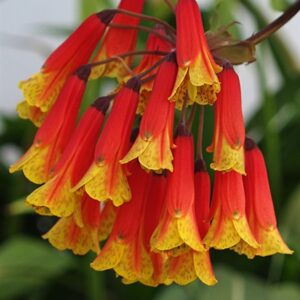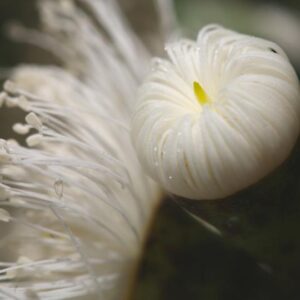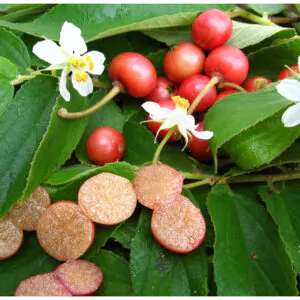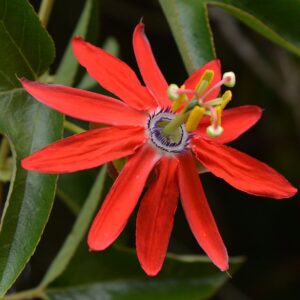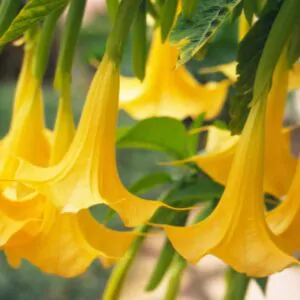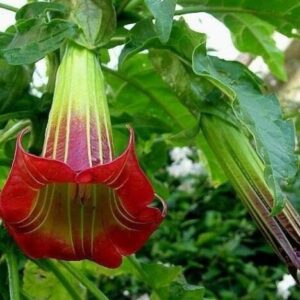/ per pack
Choose seeds per pack:
Botanical Nomenclature: Sesbania grandiflora ‘White’
Common Name: Vegetable Hummingbird, West Indian Pea, Jayanti, Agati, Katurai
Family: Fabaceae
Sesbania grandiflora is a fast-growing tree. The leaves are regular and rounded and the flowers white, red or pink. The fruits look like flat, long, thin green beans. The tree thrives under full exposure to sunshine and is extremely frost sensitive.
It is a small soft wooded tree up to 3–8 m (10–26 ft) tall. Leaves are 15–30 cm (6–12 in) long, with leaflets in 10–20 pairs or more and an odd one. Flowers are oblong, 1.5–10 cm (1–4 in) long in lax, with two to four flower racemes. The calyx is campanulate and shallowly two-lipped. Pods are slender, falcate or straight, and 30–45 cm (12–18 in) long, with a thick suture and approximately 30 seeds 8 mm (0.3 in) in size.
It is native to Maritime Southeast Asia (Malaysia, Indonesia, Philippines, Brunei) to Northern Australia, and is cultivated in many parts of South India and Sri Lanka. It has many traditional uses. It grows where there is good soil and a hot, humid climate.
The leaf extract may inhibit the formation of advanced glycation end-products. The leaf extract contains linolenic acid and aspartic acid, which were found to be the major compounds responsible for the anti-glycation potential of the leaf extract.
